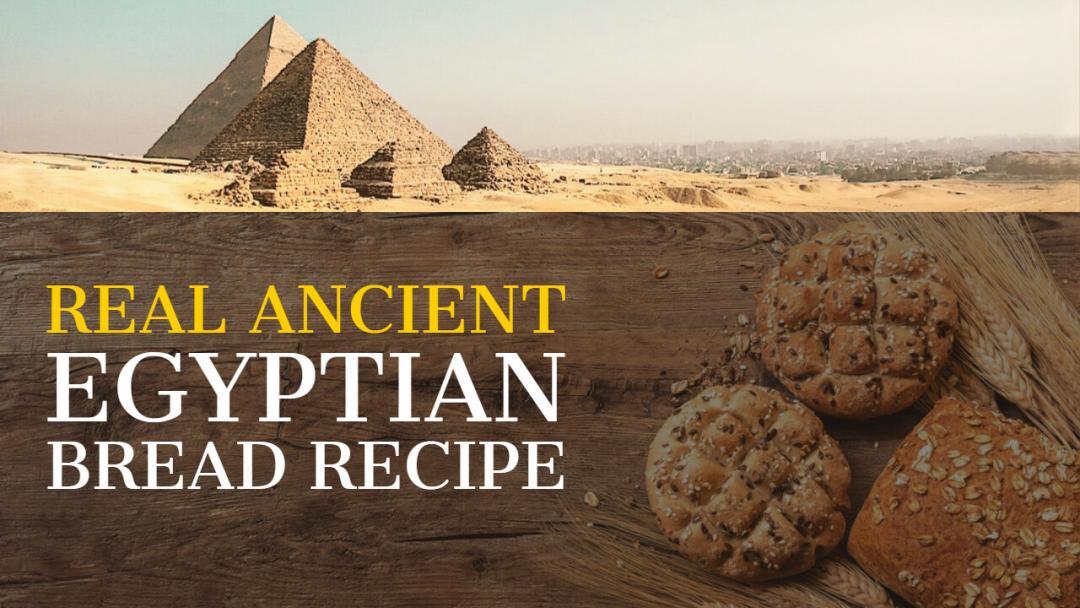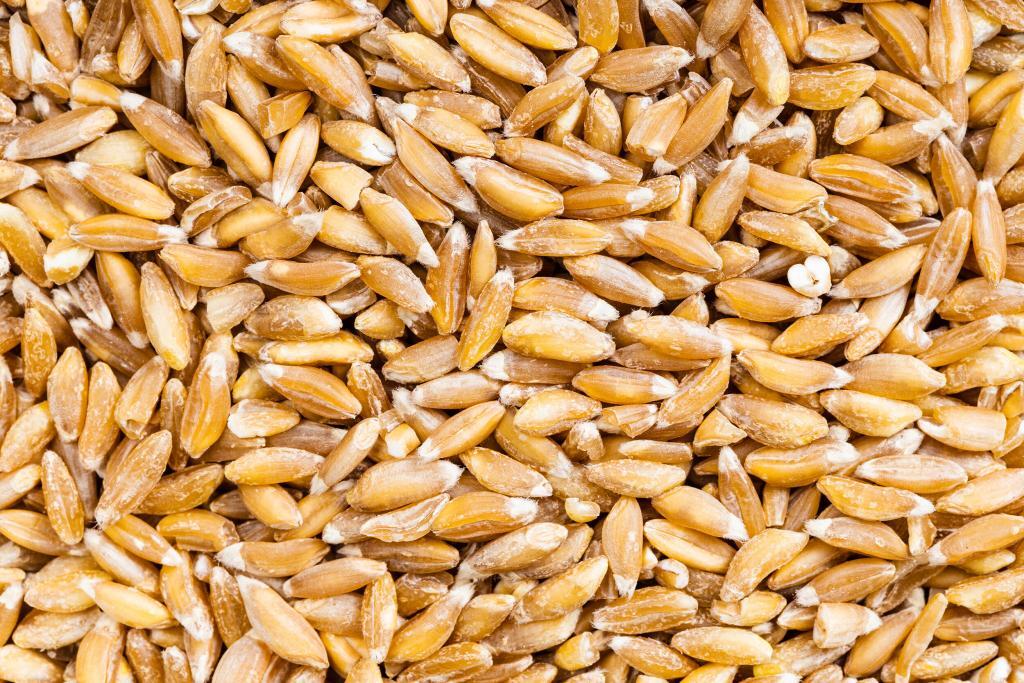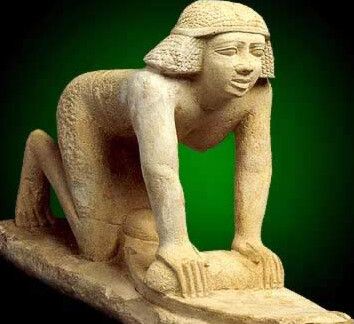
Real Ancient Egyptian Bread Recipe from 1950 BC
Did you ever wonder how the ancient Egyptians made their infamous bread?
Well, we found a real recipe on the tomb wall of Senet. Her tomb is in the ancient city of Thebes in Theban, tomb number TT60. Senet was either the wife or mother of Antefoqer, a vizier. Antefoqer (Intefiqer) served both King Amenemhat I and his son Sesostris I at the start of the Twelfth Dynasty, between 1958 and 1913 BC. He is known from several rock inscriptions in Lower Nubia, showing that he was part of a military mission into this region.
On the hot, dusty sides of the hill of Sheikh Abd el-Qurna, overlooking the Nile valley near the ancient city of Thebes – now Luxor – you’ll find the discreet and humble entrance to the tomb of Senet.
Almost all of the tombs were for men, but Theban tomb number TT60 is the resting place of Senet. Hers is both the only known tomb for a woman dating from Egyptian Middle Kingdom whose decorated walls have survived in good order.
In Senet’s tomb is a precisely drawn recipe for bread-making. The images were not intended to instruct the household cook but to help the departed soul have some freshly baked bread baked in the afterlife.
If you plan on making this bread, don’t forget that the Egyptians used a different kind of wheat called Emmer.
Egyptian bread was made almost exclusively from emmer wheat, which was more difficult to turn into flour than most other wheat varieties. The chaff does not come off through threshing but comes in spikelets that need to be removed by moistening and pounding with a pestle to avoid crushing the grains inside.

It was then dried in the sun, winnowed, and sieved. Winnow is the act of separating the grain from the chaff, whereas sieving means they separate the lumps from the powdered material. In other words, they separate the good parts from the bad.
Finally, the grain is milled. Milling means they take the grain and grind it into fine particles. They do this by moving the grindstone back and forth rather than with a rotating motion. The ancient Egyptians did this using an oblong stone called a “saddle quern and a smaller hand stone. They placed a small amount of clean grain on the lower stone and crushed it back and forth using the upper hand stone.

Here is the recipe for ancient Egyptian bread
Crush the grain with sticks in a wooden container. Pass the crushed grain through a sieve to remove the husks. Using a grindstone, crush the grain still finer until you have a heap of white flour. Mix the flour with enough water to form a soft dough.
Knead the dough in large jars, either by hand or by treading on it gently. Tear off pieces of the kneaded dough and shape them into rounds.

Either cook directly on a bed of hot ashes or place in molds and set on a copper griddle over the hearth. Be attentive while cooking: once the bottom of the bread starts to brown, turn it over, and cook the other side.
So how did it look?
While most people think of a fluffy loaf of bread like we eat today. That isn’t what they had in ancient Egyptian times. We use yeast for our bread today. They didn’t have yeast back when Senet was making bread in 1950 BC. Their bread was probably more like what today we call flatbread.

Share this:
- Click to share on Facebook (Opens in new window) Facebook
- Click to share on Pinterest (Opens in new window) Pinterest
- Click to share on X (Opens in new window) X
- Click to share on Telegram (Opens in new window) Telegram
- Click to share on Pocket (Opens in new window) Pocket
- Click to share on WhatsApp (Opens in new window) WhatsApp
- Click to share on Reddit (Opens in new window) Reddit
- Click to share on LinkedIn (Opens in new window) LinkedIn
- Click to share on Tumblr (Opens in new window) Tumblr
- Click to print (Opens in new window) Print